This article has been reviewed according to Science X's editorial process and policies. Editors have highlighted the following attributes while ensuring the content's credibility:
fact-checked
trusted source
written by researcher(s)
proofread
What extreme fire seasons, and 2,500 years of forest history, tell us about the future of wildfires in the West
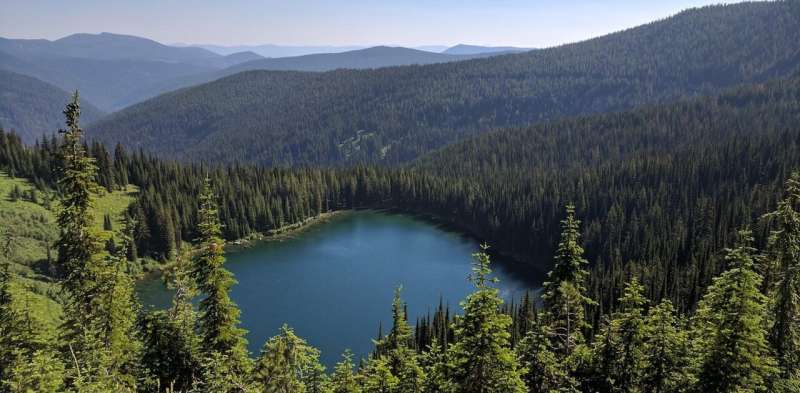
Strong winds blew across mountain slopes after a record-setting warm, dry summer. Small fires began to blow up into huge conflagrations. Towns in crisis scrambled to escape as fires bore down.
This could describe any number of recent events, in places as disparate as Colorado, California, Canada and Hawaii. But this fire disaster happened over 110 years ago in the Northern Rocky Mountains of Idaho and Montana.
The "Big Burn" of 1910 still holds the record for the largest fire season in the Northern Rockies. Hundreds of fires burned over 3 million acres—roughly the size of Connecticut—most in just two days. The fires destroyed towns, killed 86 people and galvanized public policies committed to putting out every fire.
Today, as the climate warms, fire seasons like in 1910 are becoming more likely. The 2020 fire season was an example. But are extreme fire seasons like these really that unusual in the context of history? And, when fire activity begins to surpass anything experienced in thousands of years—as research suggests is happening in the Southern Rockies—what will happen to the forests?
As paleoecologists, we study how and why ecosystems changed in the past. In a multiyear project, highlighted in two new publications, we tracked how often forest fires occurred in high-elevation forests in the Rocky Mountains over the past 2,500 years, how those fires varied with the climate and how they affected ecosystems. This long view provides both hopeful and concerning lessons for making sense of today's extreme fire events and impacts on forests.
Lakes record history going back millennia
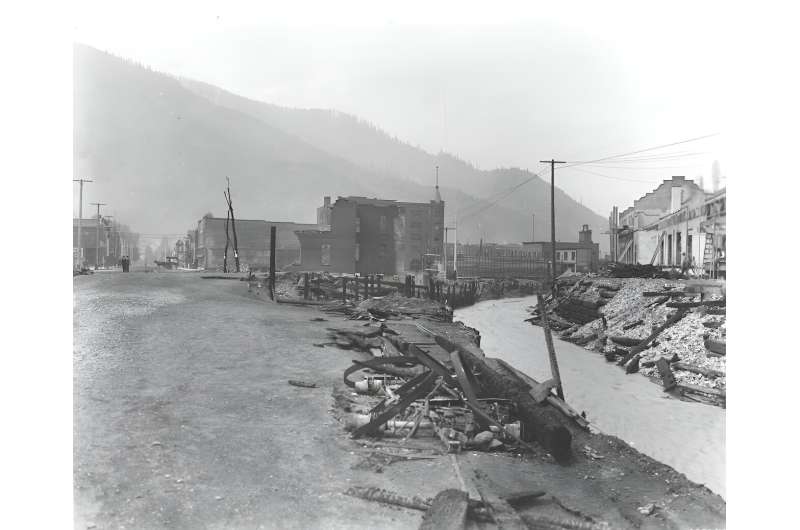
When a high-elevation forest burns, fires consume tree needles and small branches, killing most trees and lofting charcoal in the air. Some of that charcoal lands on lakes and sinks to the bottom, where it is preserved in layers as sediment accumulates.
After the fire, trees regrow and also leave evidence of their existence in the form of pollen grains that fall on the lake and sink to the bottom.
By extracting a tube of those lake sediments, like a straw pushed into a layer cake from above, we were able to measure the amounts of charcoal and pollen in each layer and reconstruct the history of fire and forest recovery around a dozen lakes across the footprint of the 1910 fires.
Lessons from Rockies' long history with fire
The lake sediments revealed that high-elevation, or subalpine, forests in the Northern Rockies in Montana and Idaho have consistently bounced back after fires, even during periods of drier climate and more frequent burning than we saw in the 20th century.
High-elevation forests only burn about once every 100 to 250 or more years on average. We found that the amount of burning in subalpine forests of the Northern Rockies over the 20th and 21st centuries remained within the bounds of what those forests experienced over the previous 2,500 years. Even today, the Northern Rockies show resilience to wildfires, including early signs of recovery after extensive fires in 2017.
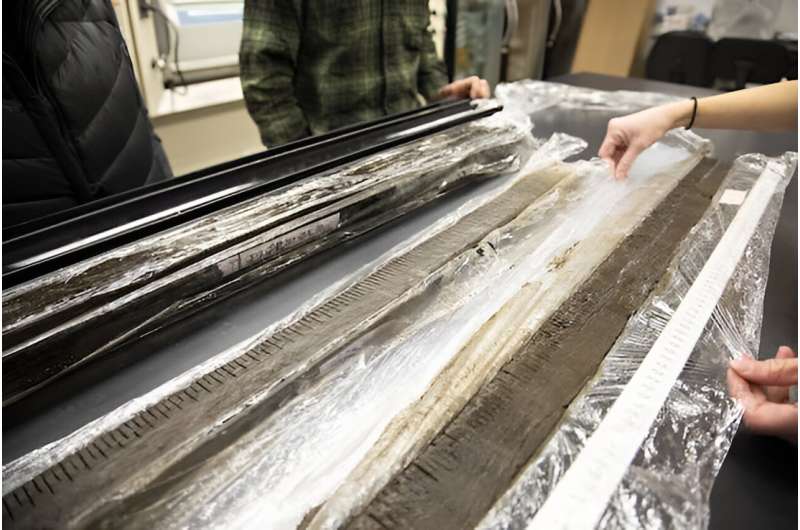
But similar research in high-elevation forests of the Southern Rockies in Colorado and Wyoming tells a different story.
The record-setting 2020 fire season, with three of Colorado's largest fires, helped push the rate of burning in high-elevation forests in Colorado and Wyoming into uncharted territory relative to the past 2,000 years.
Climate change is also having bigger impacts on whether and how forests recover after wildfires in warmer, drier regions of the West, including the Southern Rockies, the Southwest and California. When fires are followed by especially warm, dry summers, seedlings can't establish and forests struggle to regenerate. In some places, shrubby or grassy vegetation replace trees altogether.
Changes happening now in the Southern Rockies could serve as an early warning for what to expect further down the road in the Northern Rockies.
Warmer climate, greater fire activity, higher risks
Looking back thousands of years, it's hard to ignore the consistent links between the climate and the prevalence of wildfires.
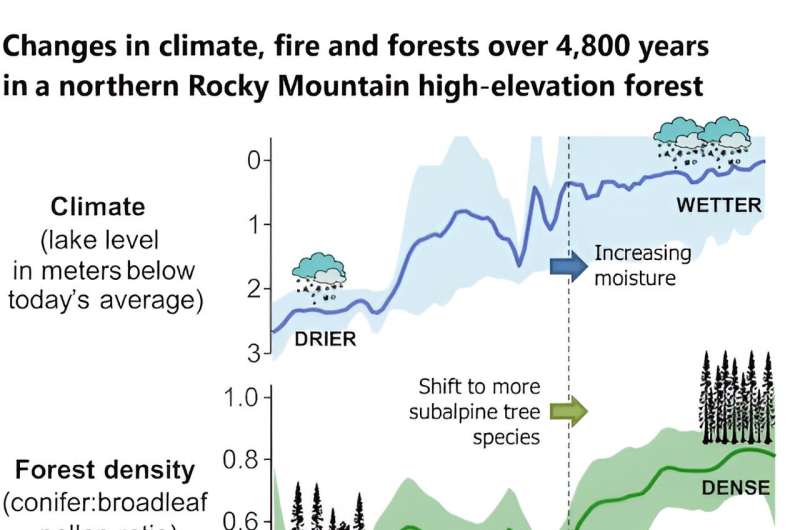
Warmer, drier springs and summers load the dice to make extensive fire seasons more likely. This was the case in 1910 in the Northern Rockies and in 2020 in the Southern Rockies.
When, where and how climate change will push the rate of burning in the rest of the Rockies into uncharted territory is harder to anticipate. The difference between 1910 and 2020 was that 1910 was followed by decades with low fire activity, whereas 2020 was part of an overall trend of increasing fire activity linked with global warming. Just one fire like 1910's Big Burn in the coming decades, in the context of 21st-century fire activity, would push the Northern Rockies beyond any known records.
Lessons from the long view
The clock is ticking.
Extreme wildfires will become more and more likely as the climate warms, and it will be harder for forests to recover. Human activity is also raising the risk of fires starting.
The Big Burn of 1910 left a lasting impression because of the devastating impacts on lives and homes and, as in the 2020 fire season and many other recent fire disasters, because of the role humans played in igniting them.
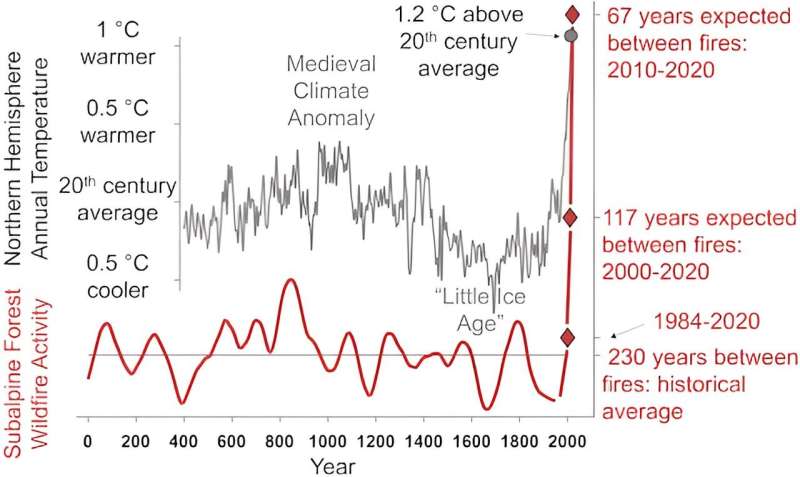
Accidental ignitions—from downed power lines, escaped campfires, dragging chains, railroads—expand when and where fires occur, and they lead to the majority of homes lost to fires. The fire that destroyed Lahaina, Hawaii, is the most recent example.
So what can we do?
Curbing greenhouse gas emissions from vehicles, power plants and other sources can help slow warming and the impacts of climate change on wildfires, ecosystems and communities. Forest thinning and prescribed burns can alter how forests burn, protecting humans and minimizing the most severe ecological impacts.
Reframing the challenge of living with wildfire—building with fire-resistant materials, reducing accidental ignitions and increasing preparedness for extreme events—can help minimize damage while maintaining the critical role that fires have played in forests across the Rocky Mountains for millennia.
Provided by The Conversation
This article is republished from The Conversation under a Creative Commons license. Read the original article.![]()




















